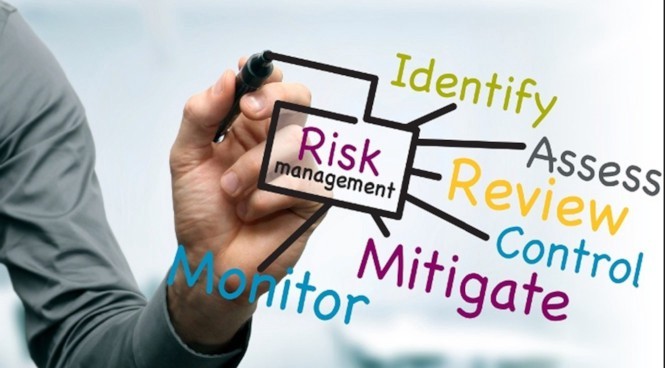
Diagnosed with SMM, SPB, or MGUS?
Learn how you can stall the development of full-blown Multiple Myeloma with evidence-based nutritional and supplementation therapies.
Click the orange button to the right to learn more.
- You are here:
- Home »
- Blog »
- Pre-Myeloma »
- MGUS Diagnostics – Risk
MGUS Diagnostics – Risk

“Relative risks have the appealing feature of summarizing two numbers (the risk in one group and the risk in the other) into one…”
Hi David: We have previously conversed about diagnostics- I was diagnosed with MGUS April ’21. Since that time, I have received diagnostic testing on a 6 month basis. My freelight chain diagnostic numbers keep going up and I feel very anxious possible risk.
- 27.4 – 4/6/21
- 29.1 – 4/19/22
- 39.8 – 10/11/22
- 2.23 – 4/6/21
- 2.67 – 4/19/22
- 3.26 – 10/11/22
- Do you know what could cause the numbers to jump so high?
- Could this be something other than MM?
- Chronic inflammation, kidney disease, diabetes, etc….???
Hi Penelope-
In my experience, your numbers are not high but just above the diagnostics normal range. Let me explain.
- The FLC assay is a very sensitive test.
- Consider relative vs. absolute risk- see below the explanation linked below. In short, while an increase in your K/L ratio may be be a substantial percentage (absolute), it may only be less than one (relative).
- Most importantly, diagnostics for pre or full mm must be taken as a whole. In other words, you must also consider your m-spike, complete blood counts, metabolic panel, etc. The only way for me to be able to give you a full answer is to study all of your diagnostic testing results.
- MM Survivor
- MM Cancer Coach
- Director PeopleBeatingCancer
Recommended Reading-
- MGUS, SMM Progression Risk
- SMM, MGUS, Fibromyalgia, Nerve Pain?
- High FLC Ratio, No M-spike, No Crab- MGUS? Risk of MM?
- Rice Bran (MGN-3), Curcumin Kill MGUS, SMM-
Relative risk versus absolute risk: one cannot be interpreted without the other
“For the presentation of risk, both relative and absolute measures can be used. The relative risk is most often used, especially in studies showing the effects of a treatment. Relative risks have the appealing feature of summarizing two numbers (the risk in one group and the risk in the other) into one.
However, this feature also represents their major weakness, that the underlying absolute risks are concealed and readers tend to overestimate the effect when it is presented in relative terms.
In many situations, the absolute risk gives a better representation of the actual situation and also from the patient’s point of view absolute risks often give more relevant information.
In this article, we explain the concepts of both relative and absolute risk measures.
We therefore recommend to report both the relative risk and the absolute risk with their 95% confidence intervals, as together they provide a complete picture of the effect and its implications…
CONCLUSION AND RECOMMENDATIONS
In conclusion, risk can be presented both in relative and in absolute terms using either the relative risk or the absolute risk difference. The relative risk is often used, especially in studies showing the benefits of a treatment.
However, relative risks may obscure the magnitude of the effect of an intervention and readers tend to overestimate the effect when it is presented in relative terms. Unless ratio measures are reported with the underlying actual risks per group, readers cannot judge the clinical significance of the effect. Reporting also the risk per group and the absolute risk difference gives a better representation of the actual situation, and also from the patient’s point of view absolute risk measures often give more relevant information.
We therefore recommend the following when reporting measures of risk based on diagnostics. Both the relative risk and the absolute risk difference with their 95% confidence intervals should be reported, as together they provide a complete picture of the effect and its implications. In general, it is important to keep in mind that one should always report the time period to which the risk applies.”

